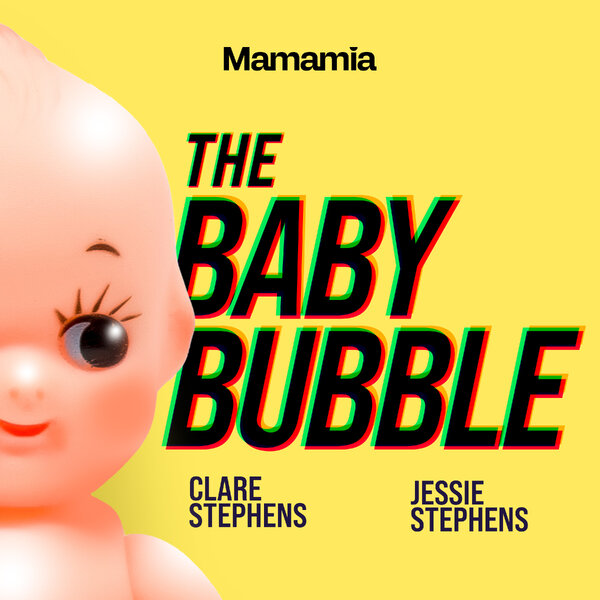In your head, right now, I want you to make a list. A ‘Stuff I’m Crap At’ list. Think of five things you’re hopeless at – skills, sports, traits, Nigella Lawson recipes. Whatever. Think of five activities you have no real affinity for. Now write them down. I’ll come back to them in a moment.
For now I’ll share my list. Let’s see …
I’m crap at Maths. A hopeless cook. A terrible artist. I have no affinity for languages. I can’t sing. Actually, I’m really not that musical. And sport? Sister, don’t get me started. I am to sport what Humphrey B. Bear is to mime. That’s seven things. Frankly I could easily keep going.
Now here’s the question: am I really so bad at those things? Or did I just give up trying when I decided I was no good at them?
Research has shown that girls are throwing in the towel too early. They’re giving up on challenges and activities early in the piece simply because they believe they aren’t good at them. Ring any bells?
Heidi Grant Halvorson, author of Succeed: How We Can Reach Our Goals writes in The Huffington Post
“Chances are good that if you are a successful professional today, you were a pretty bright fifth grade girl. My graduate advisor, psychologist Carol Dweck (author of “Mindset“) conducted a series of studies in the 1980s, looking at how Bright Girls and boys in the fifth grade handled new, difficult and confusing material.
“She found that Bright Girls, when given something to learn that was particularly foreign or complex, were quick to give up; the higher the girls’ IQ, the more likely they were to throw in the towel. In fact, the straight-A girls showed the most helpless responses. Bright boys, on the other hand, saw the difficult material as a challenge, and found it energizing. They were more likely to redouble their efforts rather than give up.
“Why does this happen? What makes smart girls more vulnerable and less confident when they should be the most confident kids in the room? At the 5th grade level, girls routinely outperform boys in every subject, including math and science. So there were no differences between these boys and girls in ability, nor in past history of success. The only difference was how bright boys and girls interpreted difficulty — what it meant to them when material seemed hard to learn. Bright Girls were much quicker to doubt their ability, to lose confidence and to become less effective learners as a result.”





























































































